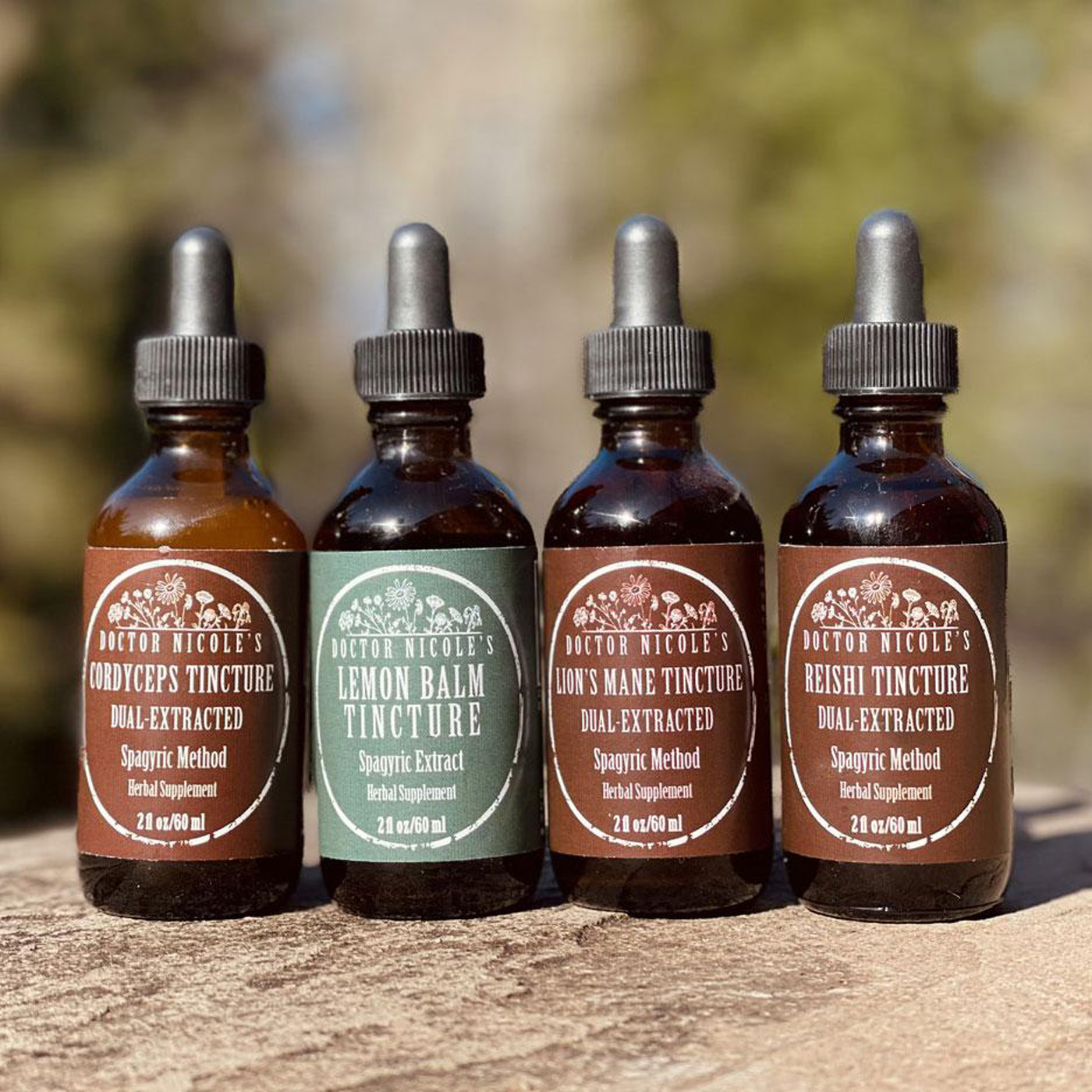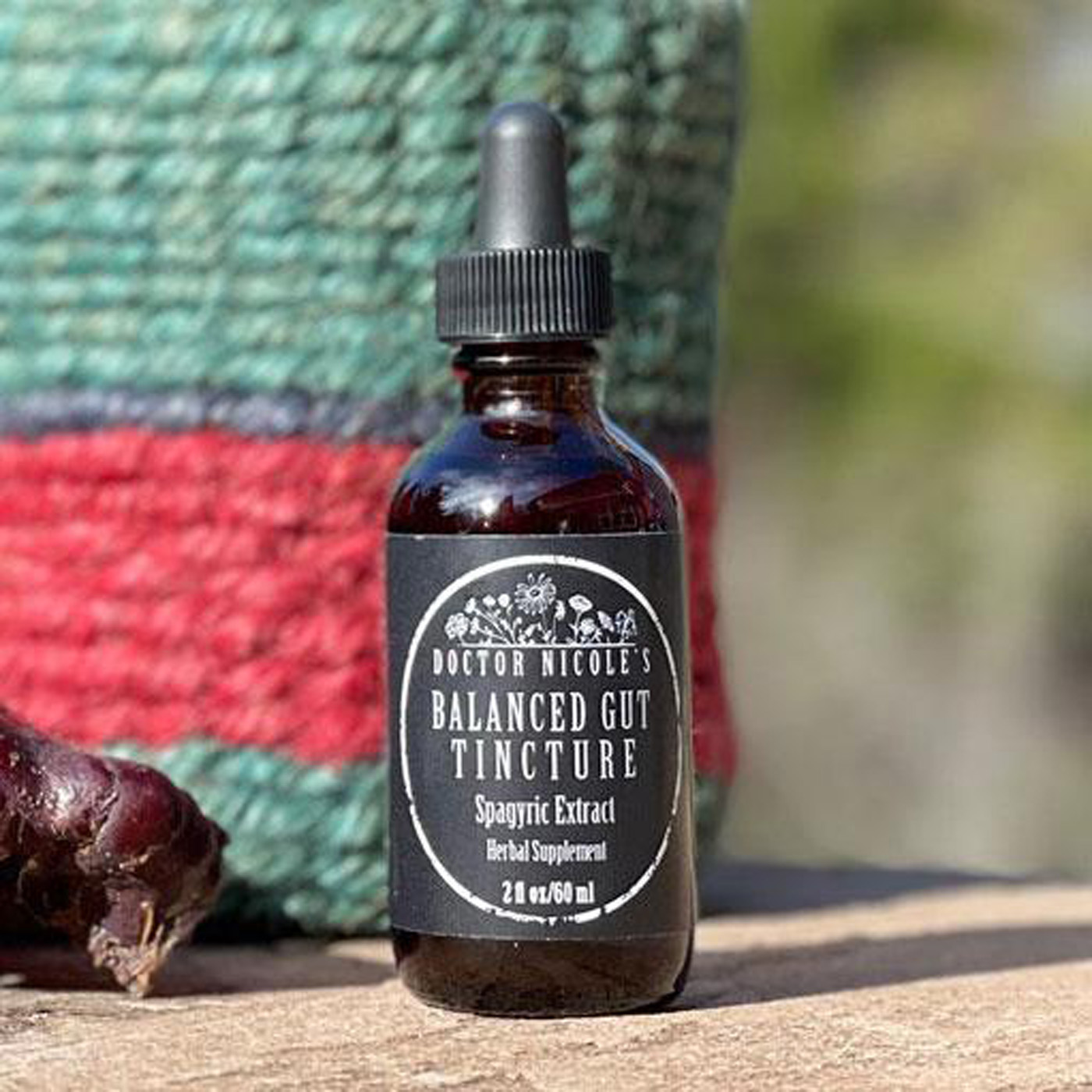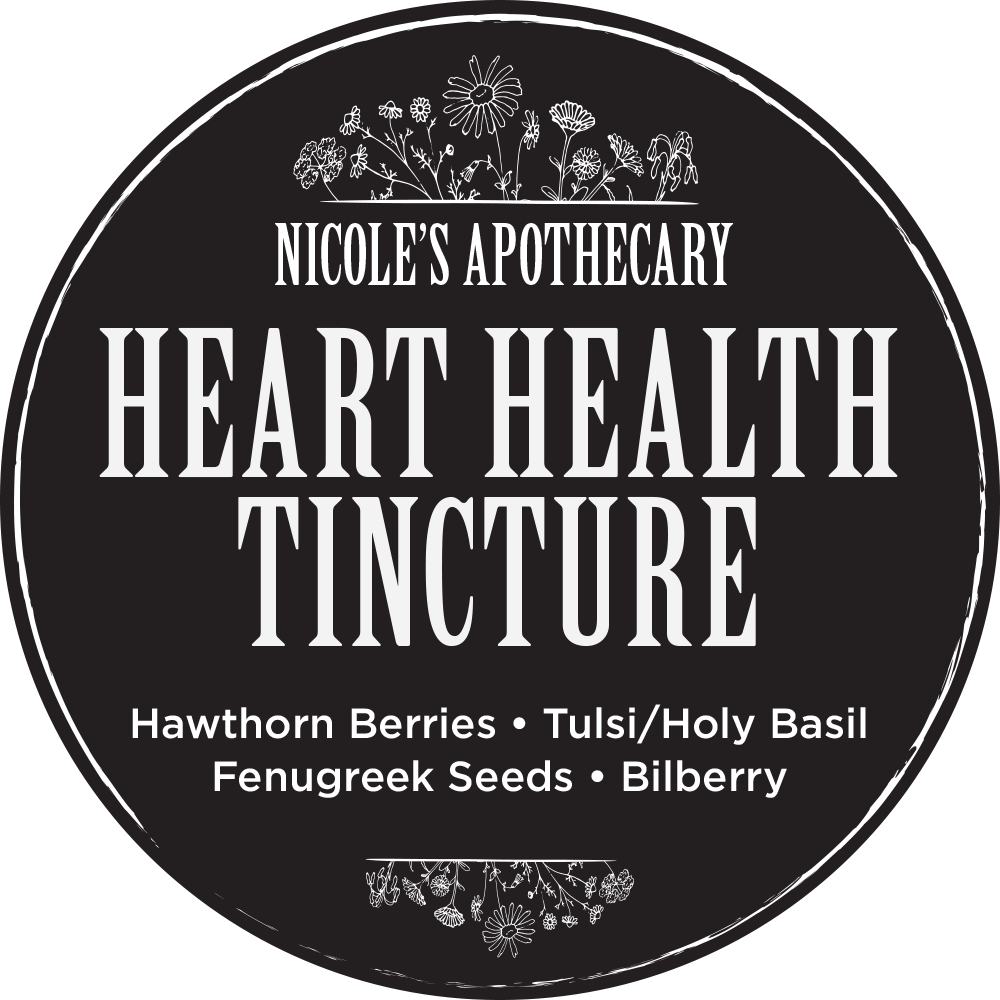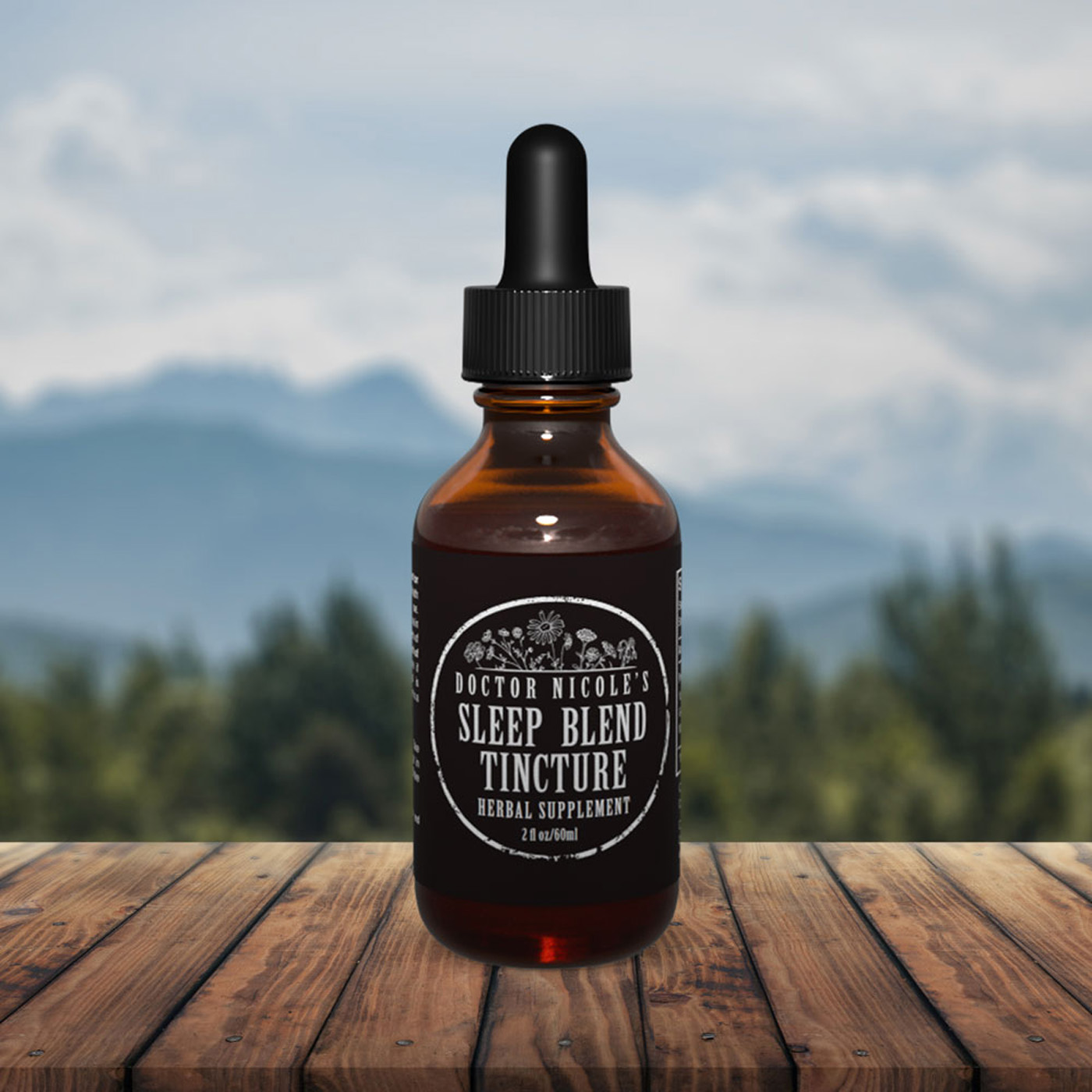The Far-Reaching Impacts of Glutamate Toxicity
If you are struggling with a neurological condition, anxiety, insomnia, ADHD, or multiple sclerosis, take note — a glutamate imbalance in the brain may very well be aggravating your condition.
“An excess of this neurotransmitter [glutamate] is linked to a host of neurological disorders, including: multiple sclerosis, schizophrenia, migraines, autism, ALS, Parkinson’s, restless leg syndrome, and fibromyalgia. Additionally, too much glutamate is also associated with insomnia, ADHD and hyperactivity, obsessive compulsive disorder, and self-stimulatory behaviors seen with autism. … Moreover, an excess of glutamate encourages chronic stress, anxiety, fear, insomnia, and restlessness.” – excerpt from “Glutamate, Brain Health & You”
We also need to take into account GABA’s role in glutamate excitotoxicity. Gamma-aminobutyric acid is our main calming neurotransmitter that encourages alpha wave production. It helps to slow down our speech so others can understand us and also promotes sensory integration. When we don’t have enough of this important neurotransmitter, we then have an excess of glutamate in the brain and experience the negative impacts. We can also develop antisocial behavior, depression, chronic pain disorders, addictions, and a craving for carbs and sweets.
If you suspect you may have a glutamate-GABA imbalance, you are most likely wondering how to correct it. Whenever we are addressing a problem with neurotransmitters, the solution is always complex. But it is well worth the effort! There are four main factors that influence glutamate-GABA balance: PPAR-γ activators, gut health, specific vitamins, minerals, and amino acids, and lifestyle changes. Let’s explore each below.
What are PPAR-γ activators and why are they important?
PPARs (peroxisome proliferator-activated receptors) “function as regulators of lipid and lipoprotein metabolism and glucose homeostasis and influence cellular proliferation, differentiation and apoptosis.”1 These PPAR activators also inhibit the activation of pro-inflammatory genes. How does this relate to glutamate toxicity? In short, PPAR-γ activators lower brain inflammation and protect against excess glutamate. They also modulate the immune response, improve mitochondrial function, boost the metabolism of sugar and fats, and encourage myelinating producing cells. Because of this, multiple sclerosis (MS), autoimmune disorders, Alzheimer’s, amyotrophic lateral sclerosis (ALS), diabetes, and insulin resistance are all associated with PPAR deficiencies.2,3
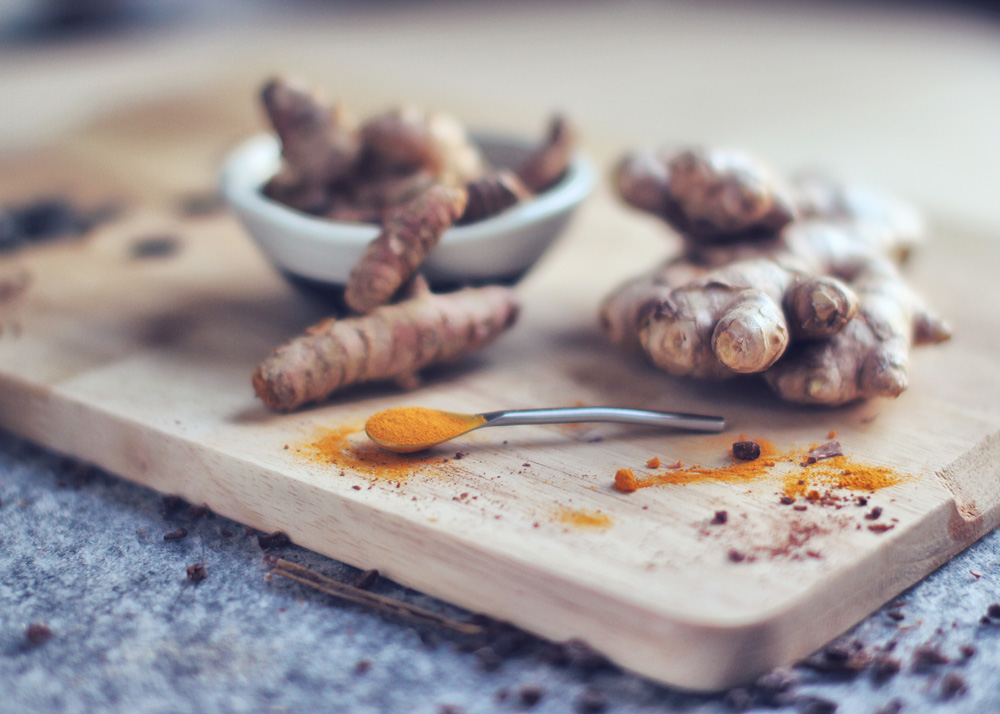
Increasing PPAR-γ Naturally
Unfortunately, many of the drugs that support an increased expression of PPAR-γ come with serious (and sometimes, life threatening) side effects. Thankfully, several natural remedies have been shown to activate PPAR-γ, including:5
- Black seed oil
- Turmeric
- Green tea
- Astragalus
- Oregano
- Thyme oil
- Rosemary
- Sage
- Ginger root
- Elderflower
- Licorice root
- Milk Thistle
- Soya beans
- Cannabis sativa
- Red clover
- Quercetin
Certain vitamins, minerals, and amino acids are also important for activating PPARs and reducing glutamate excitotoxicity, such as:
- Vitamins B2,B6,B9, and B126,7,8,9
- Vitamin D and E10
- CoQ1011
- NAC5
- Taurine5
- Magnesium12
- Lithium orotate13
Additionally, to boost calming GABA and balance glutamate, one of the best herbs you can use is lemon balm. Visit the apothecary to learn more about this outstanding botanical, and to purchase if you wish.
Diet
Consuming an anti-inflammatory, moderate carbohydrate diet is also helpful for improving glutamate balance and increasing PPAR-γ activators. Focus on an abundance of fresh, brightly colored fruits and vegetables (especially leafy greens), herbs, and healthy fats from flax and chia seeds, nuts, seeds, avocados, olive oil, and cold water fish. Foods that cause an insulin spike can lead to glutamate forming in the brain, so it’s best to skip starchy vegetables and refined sugar. Processed foods and grains also cause excessive glutamate levels. To learn more about foods, additives, products, and environmental toxins that contain glutamate or cause it to form in the body, tap here.

Lifestyle
We all know that sleep is extremely important for health — and this applies to glutamate balance in the brain as well. When we suffer from sleep apnea, insomnia, or another sleep disrupting condition, it promotes glutamate excitotoxicity, leads to brain cell death, and can cause lower levels of GABA. Poor sleep also contributes to increased stress and anxiety, which in-turn disrupts brain chemistry. See “My Favorite Natural Solutions for Sleep Apnea” and “Sleep Easy With These Top Herbal Remedies” for tips on how to have deep, restful sleep. And don’t forget about herbal remedies.
Because sleep, stress, and anxiety issues are becoming increasingly common, I developed a powerful Sleep Blend Tincture that can help you get to sleep faster and experience sound sleep longer. It contains a potent formulation of valerian root, hops, chamomile, passion flower, and magnesium glycinate. This synergistic blend increases levels of GABA, soothes stress and anxiety, relaxes the nervous system, and supports the production of the sleep hormone melatonin. I take 2 dropperfuls every night.
Herbal Support
Along with my potent Sleep Blend and Anxiety & Stress formulations, several additional herbal medicines are helpful in balancing glutamate levels and increasing GABA. Visit the apothecary today to learn more about my Balanced Gut Blend, Brain Bundle, and Heart & Blood Sugar Support collection.
Nicole Apelian
Nicole’s Apothecary Products in this Post
References
- Chinetti, G., Fruchart, J. C., & Staels, B. (2000). Peroxisome proliferator-activated receptors (PPARs): nuclear receptors at the crossroads between lipid metabolism and inflammation. Inflammation research : official journal of the European Histamine Research Society … [et al.], 49(10), 497–505. https://doi.org/10.1007/s000110050622
- Tyagi, S., Gupta, P., Saini, A. S., Kaushal, C., & Sharma, S. (2011). The peroxisome proliferator-activated receptor: A family of nuclear receptors role in various diseases. Journal of advanced pharmaceutical technology & research, 2(4), 236–240. https://doi.org/10.4103/2231-4040.90879
- Mandrekar-Colucci, S., Sauerbeck, A., Popovich, P. G., & McTigue, D. M. (2013). PPAR agonists as therapeutics for CNS trauma and neurological diseases. ASN neuro, 5(5), e00129. https://doi.org/10.1042/AN20130030
- Wang, L., Waltenberger, B., Pferschy-Wenzig, E. M., Blunder, M., Liu, X., Malainer, C., Blazevic, T., Schwaiger, S., Rollinger, J. M., Heiss, E. H., Schuster, D., Kopp, B., Bauer, R., Stuppner, H., Dirsch, V. M., & Atanasov, A. G. (2014). Natural product agonists of peroxisome proliferator-activated receptor gamma (PPARγ): a review. Biochemical pharmacology, 92(1), 73–89. https://doi.org/10.1016/j.bcp.2014.07.018
- Wright, D. J., Gray, L. J., Finkelstein, D. I., Crouch, P. J., Pow, D., Pang, T. Y., Li, S., Smith, Z. M., Francis, P. S., Renoir, T., & Hannan, A. J. (2016). N-acetylcysteine modulates glutamatergic dysfunction and depressive behavior in Huntington’s disease. Human molecular genetics, 25(14), 2923–2933. https://doi.org/10.1093/hmg/ddw144
- Brown MJ, Ameer MA, Beier K. Vitamin B6 Deficiency. [Updated 2022 Jul 18]. In: StatPearls [Internet]. Treasure Island (FL): StatPearls Publishing; 2022 Jan-. Available from: https://www.ncbi.nlm.nih.gov/books/NBK470579/
- Marashly, E. T., & Bohlega, S. A. (2017). Riboflavin Has Neuroprotective Potential: Focus on Parkinson’s Disease and Migraine. Frontiers in neurology, 8, 333. https://doi.org/10.3389/fneur.2017.00333
- Hung, K. L., Wang, C. C., Huang, C. Y., & Wang, S. J. (2009). Cyanocobalamin, vitamin B12, depresses glutamate release through inhibition of voltage-dependent Ca2+ influx in rat cerebrocortical nerve terminals (synaptosomes). European journal of pharmacology, 602(2-3), 230–237. https://doi.org/10.1016/j.ejphar.2008.11.059
- Kikuchi, M., Kashii, S., Honda, Y., Tamura, Y., Kaneda, K., & Akaike, A. (1997). Protective effects of methylcobalamin, a vitamin B12 analog, against glutamate-induced neurotoxicity in retinal cell culture. Investigative ophthalmology & visual science, 38(5), 848–854.
- Taniura, H., Ito, M., Sanada, N., Kuramoto, N., Ohno, Y., Nakamichi, N., & Yoneda, Y. (2006). Chronic vitamin D3 treatment protects against neurotoxicity by glutamate in association with upregulation of vitamin D receptor mRNA expression in cultured rat cortical neurons. Journal of neuroscience research, 83(7), 1179–1189. https://doi.org/10.1002/jnr.20824
- Lee, D., Shim, M. S., Kim, K. Y., Noh, Y. H., Kim, H., Kim, S. Y., Weinreb, R. N., & Ju, W. K. (2014). Coenzyme Q10 inhibits glutamate excitotoxicity and oxidative stress-mediated mitochondrial alteration in a mouse model of glaucoma. Investigative ophthalmology & visual science, 55(2), 993–1005. https://doi.org/10.1167/iovs.13-12564
- Lingam, I., & Robertson, N. J. (2018). Magnesium as a Neuroprotective Agent: A Review of Its Use in the Fetus, Term Infant with Neonatal Encephalopathy, and the Adult Stroke Patient. Developmental neuroscience, 40(1), 1–12. https://doi.org/10.1159/000484891
- “Lithium as a Nutrient”, Timothy M. Marshall, Ph.D. Journal of American Physicians and Surgeons. Volume 20 Number 4. Winter 2015. https://www.jpands.org/vol20no4/marshall.pdf


